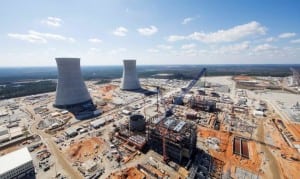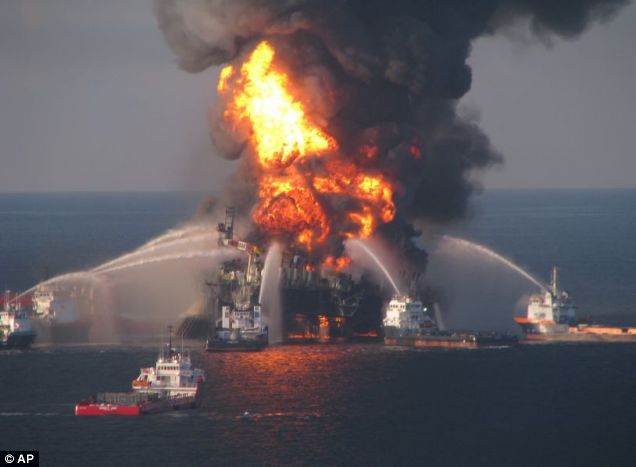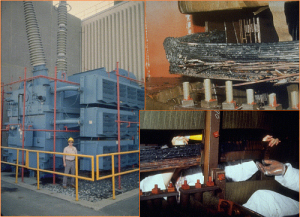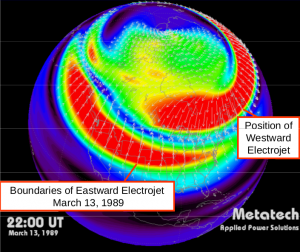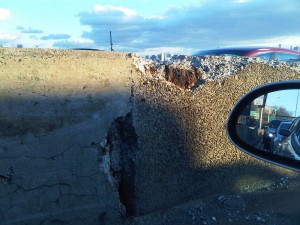
Senator John Kerry
I met Senator John Kerry at the Harvey Nash Inc. Leadership Breakfast at the Plaza Hotel in NYC on Friday, March 2, 2012. He spoke unequivocally about infrastructure, energy, mass transit, and foreign policy, saying,
We need to invest in our infrastructure. The people who talk the loudest about ‘American Exceptionalism’ are destroying America.
Sending our children to college is competitiveness, not elistism.
“The American Infrastructure Financing Authority,” Kerry said, “would generate revenue by loaning money to people to build infrastructure. It has bi-partisan support. It should be a slam-dunk. But we can’t get it passed because of Republicans intransigence. The American people have to force the Republicans to compromise and force the Democrats to stand tall.
In the ’70’s we were #1 in college graduates; now we’re 16 th. We were #1 of the G 20, now we’re 5th.
The Acela can go 150 mph – and it does for about 18 miles between New York City and Washington, DC. It can’t go 150 mph over the Chesapeake Bay bridge because in doing so it may wind up in the Chesapeake. It can’t go 150 mph in the Baltimore tunnel because the vibrations may damage the tunnel.

The Acela
Editor’s note: The Acela runs it’s top rated speed for 16 miles on a 220 mile trip – about 7.3%. The trip on regular Amtrak is 4 hours. The trip on Acela is 3 1/2 hours. That’s about 62.9 mph.If the tracks would allow the train to make the run at it’s design speed of 15o miles per hour the trip would take an hour and a half, not 3 1/2 hours. Average 125 mph, it would take about an hour and 45 minutes.
A few years ago we were first in manufacturing solar energy. Now China has taken over that industry.
China spends 9% of GDP on infrastructure. Germany spends 5%. We spend less than 2%.
We are using the infrastructure that our parents and grandparents built. And it’s crumbling!

Wall of the bridge leading to the Holland Tunnel
In order to compete we must rebuild our infrastructure – and send our children to school. (And sending your children to school is not elitist.)
Kerry spoke like a Keynesian:
Saving GM and Chrysler saved about 1 million jobs. Had they been allowed to fail Ford and all the suppliers, and all the clothing stores, food stores, delis, diners, restaurants – all would have failed. Saving the American auto industry saved the midwest from a Depression. That’s not socialism; that’s what government is for. And Ford, GM, and Chrysler are profitable!
Editor’s note: Ford did not take TARP money. GM, Ford and Chrysler are building cars people want to buy, and people are buying them. The following chart shows market capitalization, stock price, earnings per share, price earnings ratio and net profit margin for GM and Ford. Chrysler is not included because it is privately held.
| Company |
Valuation |
Stock Price |
EPS |
P/E Ratio |
Net Profit |
|
(Billions) |
(3/2/12) |
|
|
Margin |
| Ford |
$48.4 |
$12.72 |
$5.01 |
2.54 |
14.84 |
| General Motors |
$41.4 |
$26.45 |
$4.58 |
5.77 |
4.06 |
According to San Francisco Chronicle / Bloomberg, here,
U.S. auto sales accelerated to the fastest pace in four years … a 15.1 million seasonally adjusted annual rate, exceeding the 14.2 million pace that was the average of 17 analysts’ estimates… the best since February 2008 when U.S. sales ran at a 15.5 million rate,
GM deliveries rose 1.1 percent to 209,306 cars and light trucks, beating analysts’ estimates for a 4.8 percent decrease. Chrysler sales increased 40 percent to 133,521 and Ford Motor Co.’s climbed 14 percent to 178,644. Toyota Motor Corp. and Honda Motor Co. deliveries each gained 12 percent, while Nissan Motor Co. sales rose 16 percent.
Yet Romney, Santorum, Gingrich and Paul persist in the lunacy that bailing out GM and Chrysler was a mistake. If they don’t want to govern, why do they want to be President?
Kerry also said:
Successful businesses today have a lot of cash. But the executives are reluctant to invest because the economic climate is too uncertain. That’s why government must step in.
This statement could have been made in 1932 by Franklin Delano Roosevelt or John Maynard Keynes.
Kerry criticized Santorum. “Saying my grandfather was a coal miner, so I could go to college, go to grad school, get an MBA and a JD, then get elected to the Senate, then make millions lobbying, and tell you not to send your kids to college…” If that’s not elitism and demagoguery I don’t know what that is.
The current political climate in Washington is terrible, that’s why Olympia Snowe is leaving the Senate. The Republicans are intransigent, they refuse to compromise; they are focused on destroying Obama’s Presidency – and will sacrifice America to do it. When G W Bush was President it took 30 days to get a judge approved. Today it takes 100 days, maybe 200 days. There were two (2) filibusters in the 19th Century, and another two (2) in the 20th before WW II. Strom Thurmond’s filibuster of civil rights legislation, a few more in the 60’s. Today there are 100 filibusters per session.
And “do the math, folks, we can’t balance the budget on the backs of our poor and our seniors. We must raise revenues. The Bush tax cuts on the wealthiest 1% and 2% must end.”
Kerry spoke about money in politics, and the disaster that was the Citizens United decision.
He also noted that Congress has an approval rating of 8%. I know why. Or at least, why I have disgust and contempt for most of the members of the House and Senate. The Republicans won’t compromise; they are beholden to “King” Grover, aka Norquist the Zeroth, and Democrats are too willing to compromise.
However, he ended on a positive note. He is confident that President Obama will be reelected, and is also confident that America’s best days are yet to come. All we have to is take the money out of politics, force the Congress to change, reelect the good incumbents and throw the bums out.
